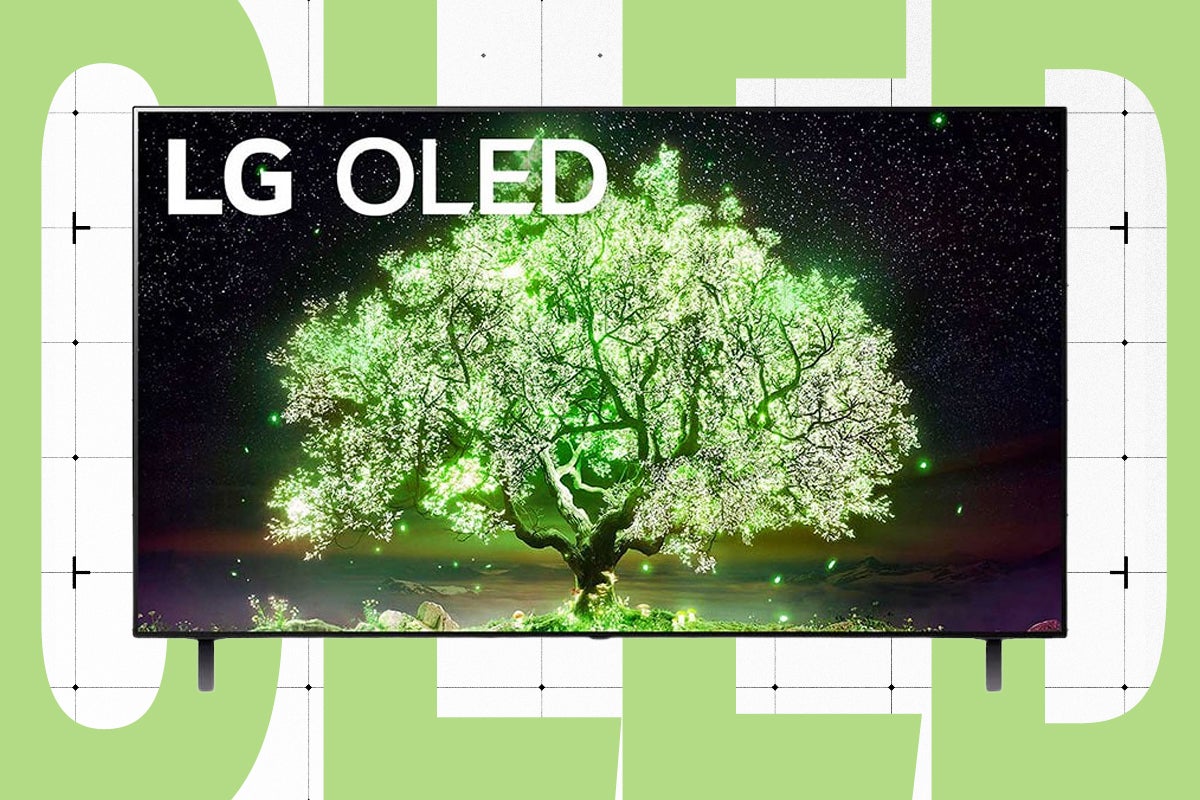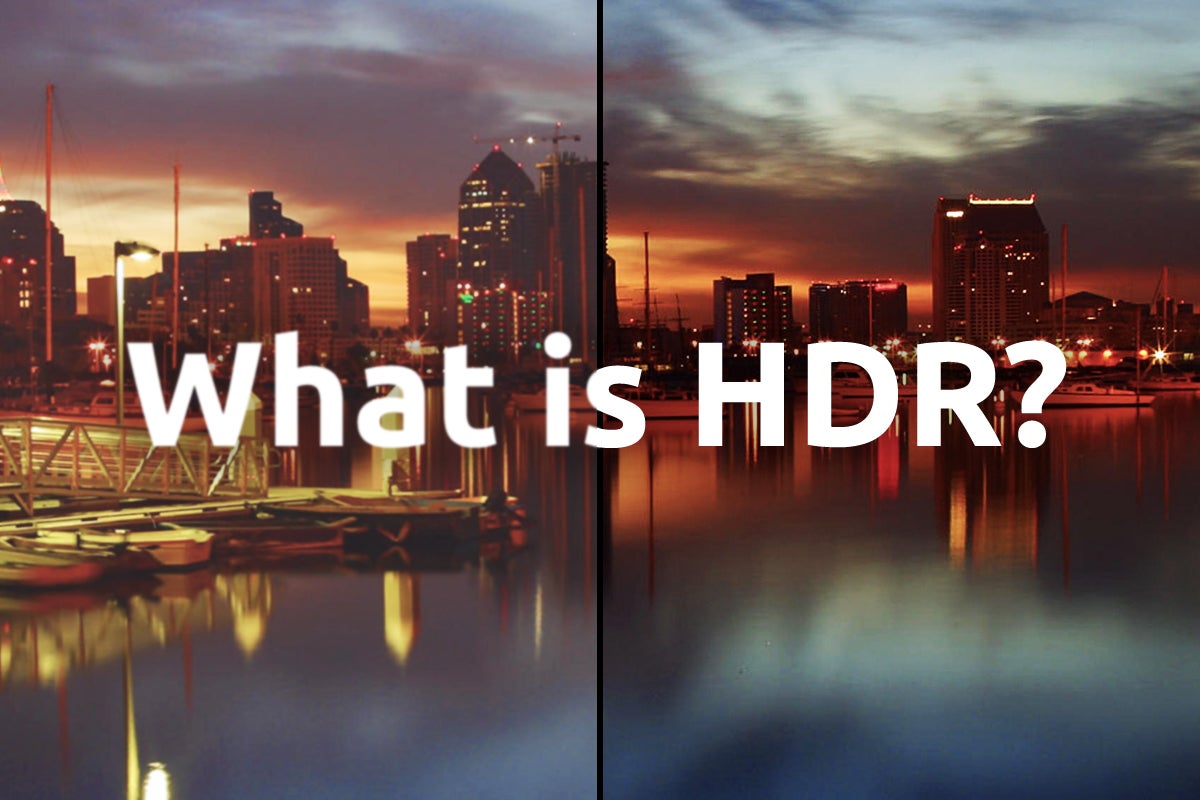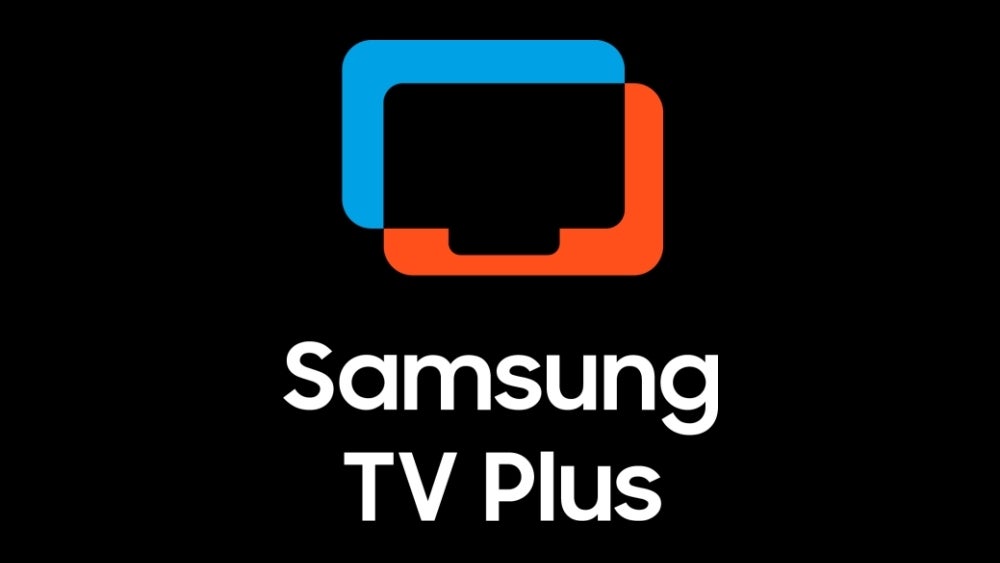What is QLED? A guide to the display technology
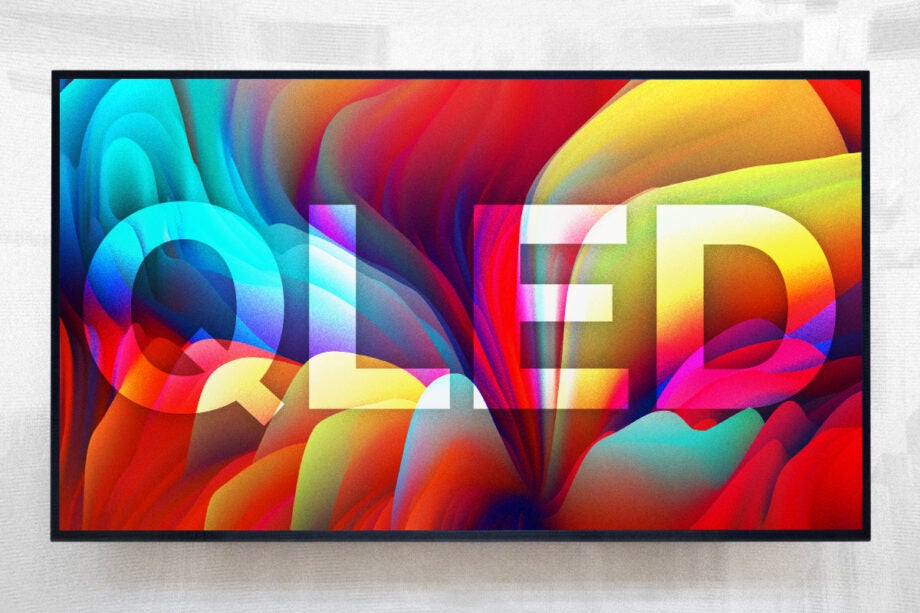
If you’ve bought a TV in recent years, you have searched the isle of your nearest electrical store and seen the presence of QLED TV.
A QLED screen is a type of TV, different from OLED despite the potentially confusing acronyms, and a relation of the LCD LED screen technology that has dominated the TV market for years.
QLED looks to take LCD LED displays further down the road of achieving TV brilliance. We’ll explain what they are, their positives and negatives and determine whether they’re worth spending your cash on.
But first, what is a QLED TV?
What is QLED?
Unsurprisingly for the TV world, QLED is a surprisingly tricky term to explain as the definition has been open to interpretation and change since it arrived on the scene. There was mention of QLED being self-emissive – like OLED – but Samsung rebranded that definition early on in its life.
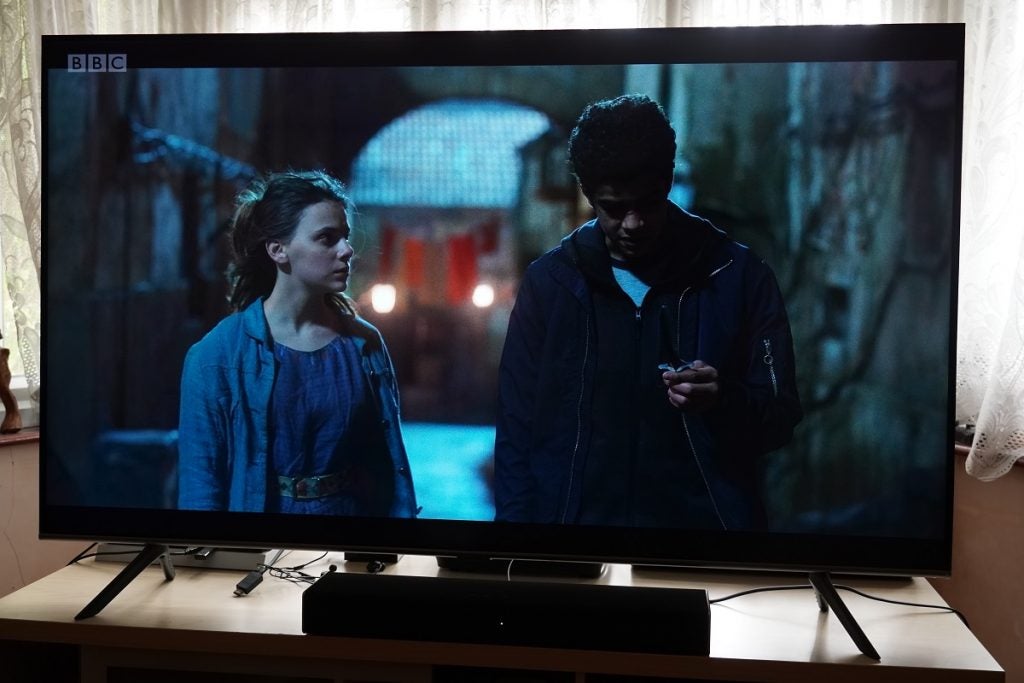
The current definition is that QLED stands for Quantum dot LED TV (just forget the d for ‘dot’). A QLED is a variation on a LED TV, with a backlight shining into a Quantum Dot filter to produce the colours that you see on the screen.
Samsung is the company most associated with QLED, but they didn’t come up with the idea, which has been around since the 1980s. Through marketing and branding it’s become seen as a Samsung technology, but Hisense, TCL and Vizio make QLED TVs, too.
And it is pronounced as Q-L-E-D, not Q-LED. Trust us, there have been a few times when Samsung has corrected us for our faux pas.
What are Quantum Dots?
We mentioned Quantum Dots above, and there are intrinsic to how QLED TVs work. Without them, they’d simply be ‘normal’ LED TVs.
Quantum Dots are an array of tiny dots or nanocrystals at slightly different sizes that produce different wavelengths (and therefore colours) when light is applied to them.
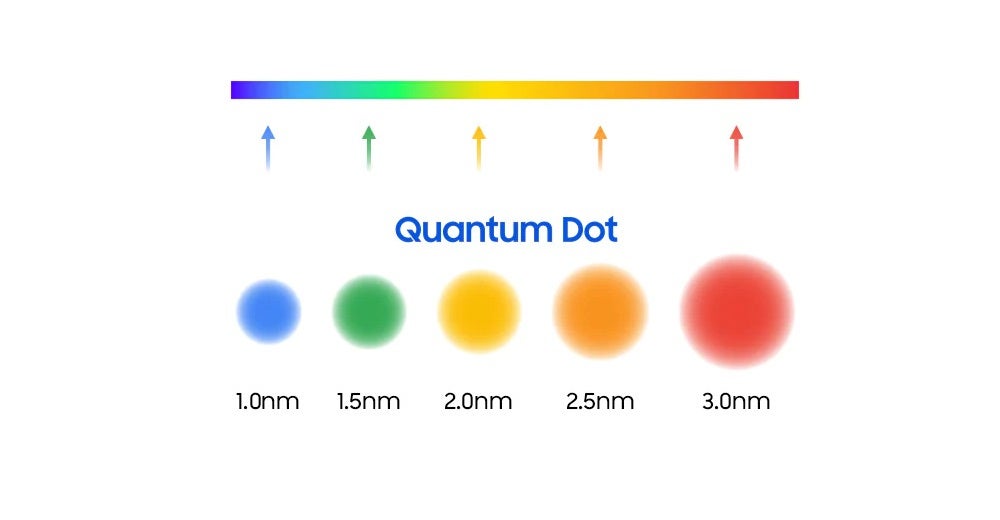
They range between 1 to 3nm (nanometers) in diameter (equivalent to 50 atoms, that’s how small there are). The colour emitted correlates to the size of the dot. Smaller dots appear as blue, larger ones in red. As each dot is focused on one colour, they can produce more precise colours, and as they’re light efficient, using Quantum Dots allows for greater brightness in terms of a TV’s output.
They’re also very stable, so the quality of an image is maintained over a long time, unlike a more organic material such as OLED, which is known to degrade (but this takes a long time, too).
How do QLED TVs work?
In short, there is a backlight, and in a TV, this is the element that produces the light the screen needs to function. Where QLED differs from traditional LCD LEDs is that it uses blue LEDs to create a blue light instead of white light.
The use of blue light takes care of the colour blue required to make an image (a picture is made up of red, green and blue (RGB) to create what you see), and it is absorbed by the Quantum Dot nanocrystals and emitted to created red and green colours. The combination of the blue light along with the red and green colours created by the Quantum Dot filter helps create what’s seen on the screen.
What makes QLED so good?
There are a number of advantages in using Quantum Dot filters in an LCD TV, and perhaps the main one is the ability to produce a much higher luminance level than you would be able to get from, say, OLED or traditional LCD display. This ability for higher brightness coupled with HDR and WCG (Wide Colour Gamut) technology allows a QLED TV to have a better contrast ratio (the difference between the brightest and darkest part in an image) and produce a varied, vivid and dynamic looking colours, resulting in more life-like picture quality.
And those colours will be very accurate as the colours the dots emitted are very ‘pure’ because the light produced by each quantum dot is so closely related to their size, so the colours can, in effect, be precisely tuned to produce the colours need.

And when you combine its capability for high brightness and accurate colours, QLED TVs can deliver better colour volume than other comparable displays, so colours will remain varied and expressive as the peak brightness of a TV’s output gets higher and higher. This is an aspect traditional OLED TVs aren’t quite as good at.
One final advantage is that QLED TVs are completely immune to the image retention and more severe burn-in that can affect OLED TVs. You can play video games all day long and watch news channels 24-hours a day (if you so wish) without having to worry about it. Although, as we say, image retention shouldn’t be an issue for an OLED if you use it normally.
What are the disadvantages of QLED?
The disadvantages of QLED are the downsides of LCD LED TVs in general. Blooming – instances where rings or halos of light around bright objects emerge – can be visible on QLED TVs, either from a head-on position or when viewed from an angle, and this can happen with even the most expensive QLED TVs.
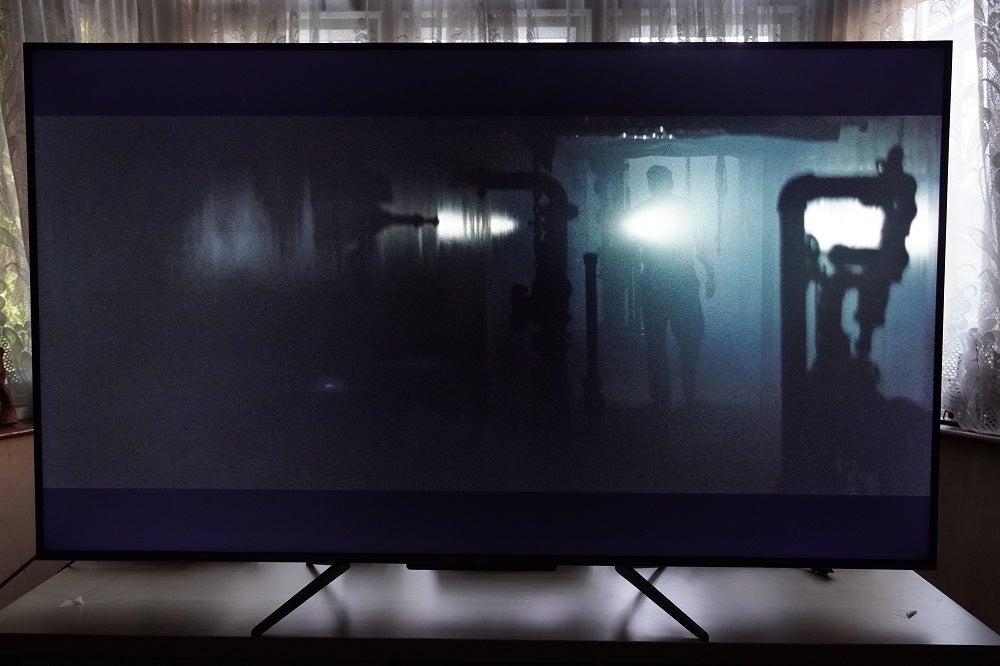
QLED TVs can’t hit the true black and infinite contrast that OLED can do, due to blooming and light leakage from the backlight. Nor can they offer as wide viewing angles, and the use of different types of screens (VA, IPS) also means that screen quality can vary, and the consistency of a TV’s performance can change from one size to another. And not all QLEDs are of the same quality either, the more you pay, the better and more exacting the performance you’ll get.
Motion is not as impressive as an OLED, as the pixels within the display aren’t as responsive as what you’ll get on an OLED. For applications that require higher frame rates, such as gaming, OLED would have the advantage, although the issue of image retention is something QLED TVs don’t have to deal with.
What’s the future for QLED?
QLED continues to improve LCD LED technology, the addition of a Mini LED backlight has made TVs slimmer in depth (great for wall-mounting) as well as more precise in terms of their backlighting, reducing blooming and light leakage onto the screen. More precise backlighting also helps deliver better black levels, and the higher brightness makes for impressively contrasty and eye-popping images. Samsung’s 2022 range continues to improve on this, with its Shape Adaptive Light technology reducing backlight imperfections further.
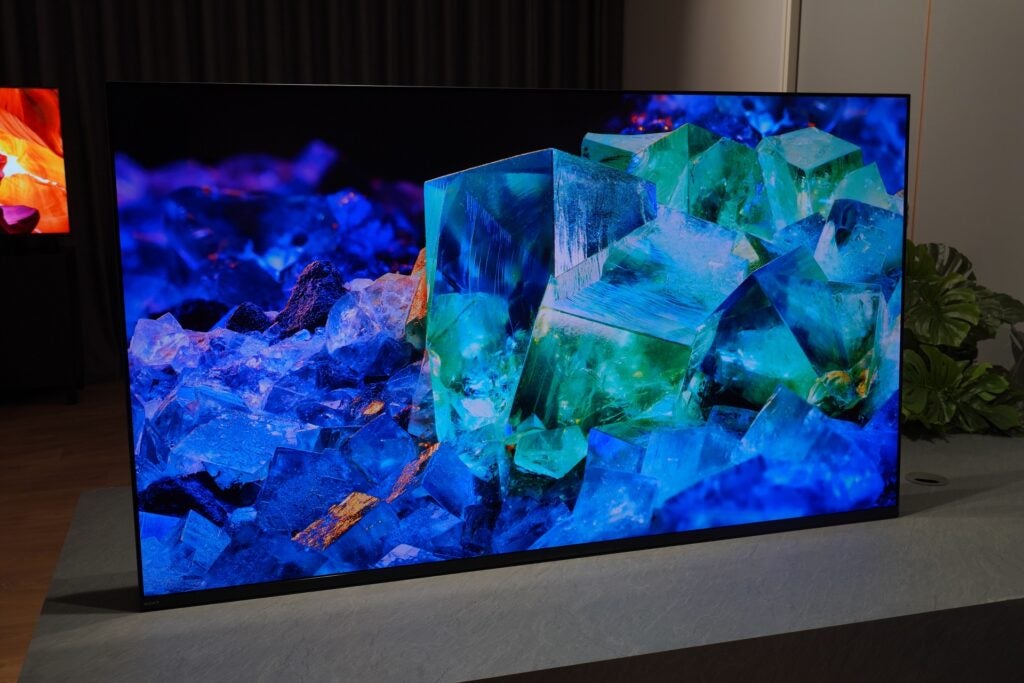
Rapidly emerging on the horizon is QD-OLED, which combines Quantum Dot technology with OLED characteristics. The result is higher luminance than traditional OLED displays, which offers better colour volume and accurate colours: viewing angles as wide if not wider than OLED, true black levels, infinite contrast and a TV capable of working well in both low light and bright room conditions. Having seen the Sony A95K QD-OLED it looks to merge the best of both QLED and OLED displays.
Is QLED worth it?
If you’re not particularly interested in the virtues of OLED or are worried about the possibility of image retention and burn-in, then a QLED is currently the best affordable LCD technology available for TVs.
Colours are both varied and accurate, and the higher levels luminance they can unlock means they can do a fantastic job at showing HDR content at its best. However, in our experience, the cheaper the QLED the less impressive its performance can be. If you want the best that QLED can offer, then you’ll have to fork out some money. This is not quite the as OLED, which no matter which model you get, will always offer true blacks and infinite contrast.
If you have a brightly-lit room, then a high-performing QLED will function better in it than an OLED world. In darker rooms, OLED is a tailor made for delivering a ‘cinematic’ experience. It really depends on your viewing conditions, budget and preferences. Like any other TV, it pays to do some research before you buy, so have a look through our TV reviews to give yourself the best chance of finding the right TV.



